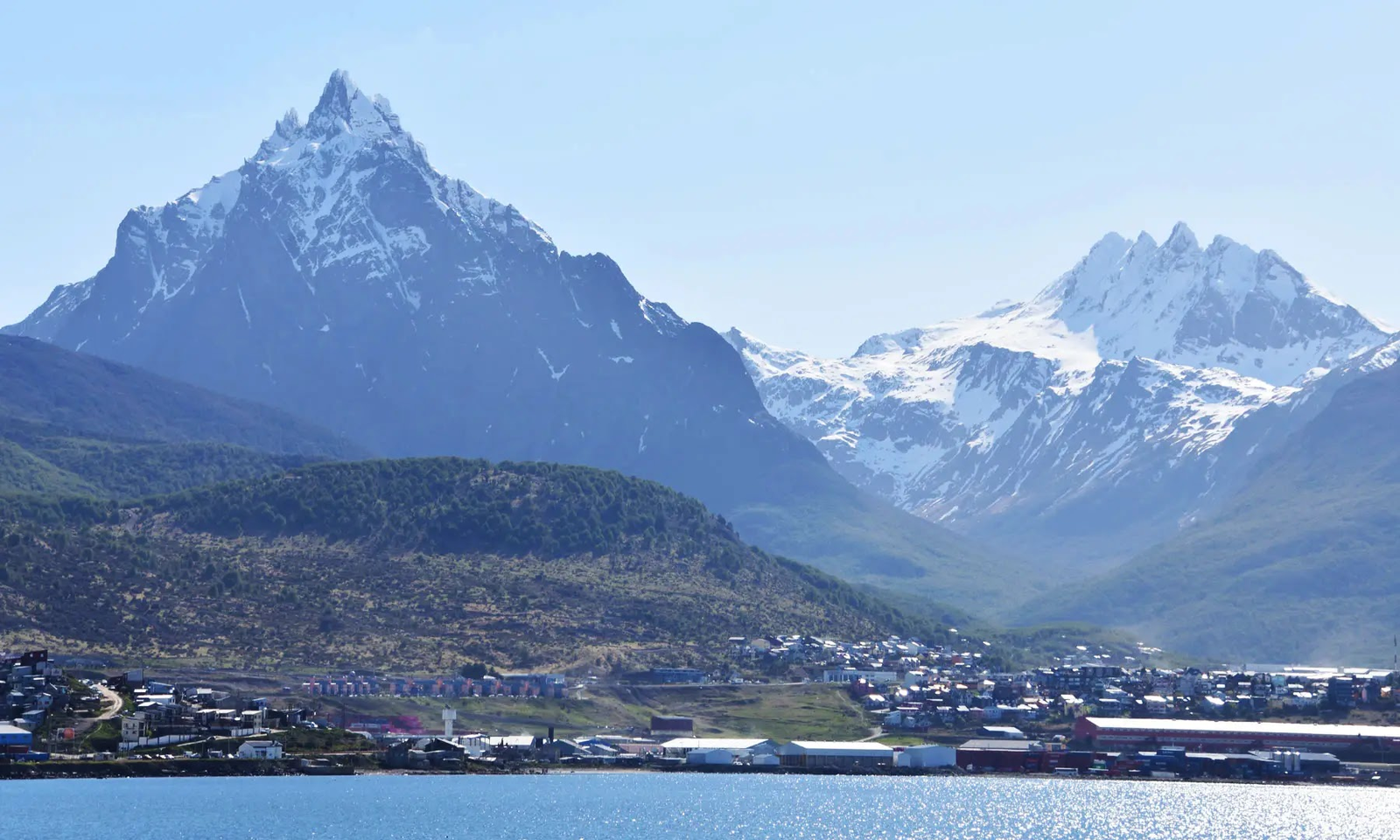Guide for Professional Photographers in Patagonia: Capturing the Beauty of the Southern Wilds
Patagonia, with its stunning and diverse landscapes, is a dream destination for professional photographers seeking to capture the raw beauty of nature. From the icy blue glaciers and jagged peaks of the Andes to the serene lakes and windswept steppe, Patagonia offers an array of breathtaking subjects for any photographer. This guide provides insights and tips for professional photographers looking to make the most of their time in this remote and awe-inspiring region.

1. Understanding Patagonia’s Unique Landscapes
Patagonia’s diverse environments offer a wealth of photographic opportunities. Here’s a brief overview of some of the region’s most iconic landscapes:
Glaciers and Icefields
- Perito Moreno Glacier: Located in Los Glaciares National Park, this glacier is famous for its dramatic ice formations and frequent calving events.
- Grey Glacier: In Torres del Paine National Park, this glacier offers striking blue hues and vast ice fields.
Mountain Ranges
- Fitz Roy Range: Known for its rugged peaks and challenging climbs, this range provides dramatic backdrops and stunning sunrise and sunset opportunities.
- Torres del Paine: The iconic granite towers of this range are a must-shoot for their impressive vertical profiles.
Lakes and Rivers
- Lago Argentino and Lago Viedma: These large lakes feature striking colors and reflections, ideal for sunrise and sunset shots.
- Beagle Channel: Offers unique maritime landscapes and wildlife photography opportunities.
Forests and Steppe
- Lenga Forests: In the southern Andes, these forests provide a rich palette of colors, especially in autumn.
- Patagonian Steppe: A vast, open landscape with sparse vegetation and wide skies, perfect for capturing the sense of isolation and vastness.
2. Best Times to Photograph Patagonia
Timing is crucial for capturing the best of Patagonia’s landscapes. Here’s when to plan your shoot for optimal results:
Summer (December to February)
- Pros: Longer daylight hours (up to 18 hours), milder temperatures, and more accessible trails.
- Cons: More tourists, which may limit access to popular spots or require early arrivals for solitude.
Autumn (March to May)
- Pros: Spectacular fall colors in forests, fewer tourists, and moderate temperatures.
- Cons: Shorter days and unpredictable weather.
Winter (June to August)
- Pros: Snow-covered landscapes and fewer tourists provide a sense of solitude and pristine beauty.
- Cons: Cold temperatures, shorter daylight hours, and some areas may be less accessible.
Spring (September to November)
- Pros: Blooming flora, fewer crowds, and gradually improving weather conditions.
- Cons: Variable weather and still-chilly temperatures at higher altitudes.
3. Essential Gear for Photographers
Patagonia’s unpredictable weather and diverse landscapes require careful planning when it comes to gear. Here are some essentials:
Camera Equipment
- DSLR or Mirrorless Camera: High-resolution cameras with weather-sealed bodies are ideal for capturing the intricate details of Patagonia’s landscapes.
- Wide-Angle Lens: Essential for capturing the vastness of landscapes and dramatic skies.
- Telephoto Lens: Useful for wildlife photography and isolating details in distant scenes.
- Tripod: A sturdy tripod is crucial for long-exposure shots, especially in low light conditions.
Accessories
- Weather Protection: Rain covers for your camera and lens are essential due to the region’s unpredictable weather.
- Filters: Polarizing filters can help reduce glare and enhance colors, while ND filters are useful for long-exposure shots.
- Extra Batteries and Memory Cards: Cold temperatures can drain batteries quickly, so bring spares and plenty of storage.
4. Navigating Patagonia’s Weather and Light Conditions
Patagonia’s weather is notoriously unpredictable, which can impact your photography. Here’s how to navigate these challenges:
Weather Conditions
- Rain and Wind: Be prepared for sudden rain and strong winds. Protect your gear and be ready to adapt your plans.
- Changing Light: The light can change rapidly, providing dramatic conditions but also requiring quick adjustments. Be ready to capture fleeting moments of light and shadow.
Golden and Blue Hours
- Golden Hour: The hour after sunrise and before sunset provides the best light for capturing warm tones and long shadows.
- Blue Hour: The time just before sunrise and after sunset offers cooler tones and can enhance the mood of your images.
5. Wildlife Photography: Tips and Guidelines
Patagonia is home to diverse wildlife, including guanacos, foxes, condors, and penguins. Here’s how to approach wildlife photography:
Respect and Safety
- Keep Your Distance: Use telephoto lenses to photograph wildlife from a respectful distance, minimizing disturbance to their natural behavior.
- Follow Guidelines: Adhere to local guidelines and regulations to protect wildlife and their habitats.
Best Spots for Wildlife
- Peninsula Valdés: Famous for its marine wildlife, including orcas and sea lions.
- Tierra del Fuego National Park: Home to various species such as the Andean fox and the Magellanic woodpecker.
6. Logistics and Planning for a Successful Shoot
Proper planning can significantly enhance your photographic experience in Patagonia. Here’s how to prepare:
Permits and Access
- Check Regulations: Some areas may require permits for photography or have restricted access. Research and secure any necessary permits in advance.
Local Knowledge
- Hire Local Guides: Consider working with local guides who can provide insights into the best locations and times for shooting.
Accommodations and Transportation
- Luxury Lodges and Transfers: Opt for luxury lodges with private transfers to access remote locations comfortably. Services like those offered by Patagon Mountain Agency can ensure seamless logistics and high-end amenities during your stay.
7. Editing and Showcasing Your Work
Once you’ve captured your images, editing and showcasing them effectively is the final step:
Editing Tips
- Enhance Colors: Adjust contrast, brightness, and color balance to bring out the beauty of Patagonia’s landscapes.
- Crop and Align: Crop images to highlight key elements and ensure proper alignment.
Showcasing Your Work
- Create a Portfolio: Compile your best images into a portfolio that showcases the diversity and beauty of Patagonia.
- Share Your Experience: Consider writing a blog post or creating a photo book to share your experiences and insights with others.
Capturing the Magic of Patagonia
Patagonia offers a wealth of opportunities for professional photographers to capture some of the most breathtaking landscapes on Earth. By understanding the region’s unique environments, planning for the weather and gear, and respecting local wildlife, you can create stunning images that reflect the true essence of this remote paradise.To explore Patagonia’s most photogenic locations and ensure a smooth and luxurious experience, consider partnering with Patagon Mountain Agency. Their expert team can assist with travel logistics, provide local insights, and help you make the most of your photographic journey through one of the world’s most awe-inspiring destinations.



